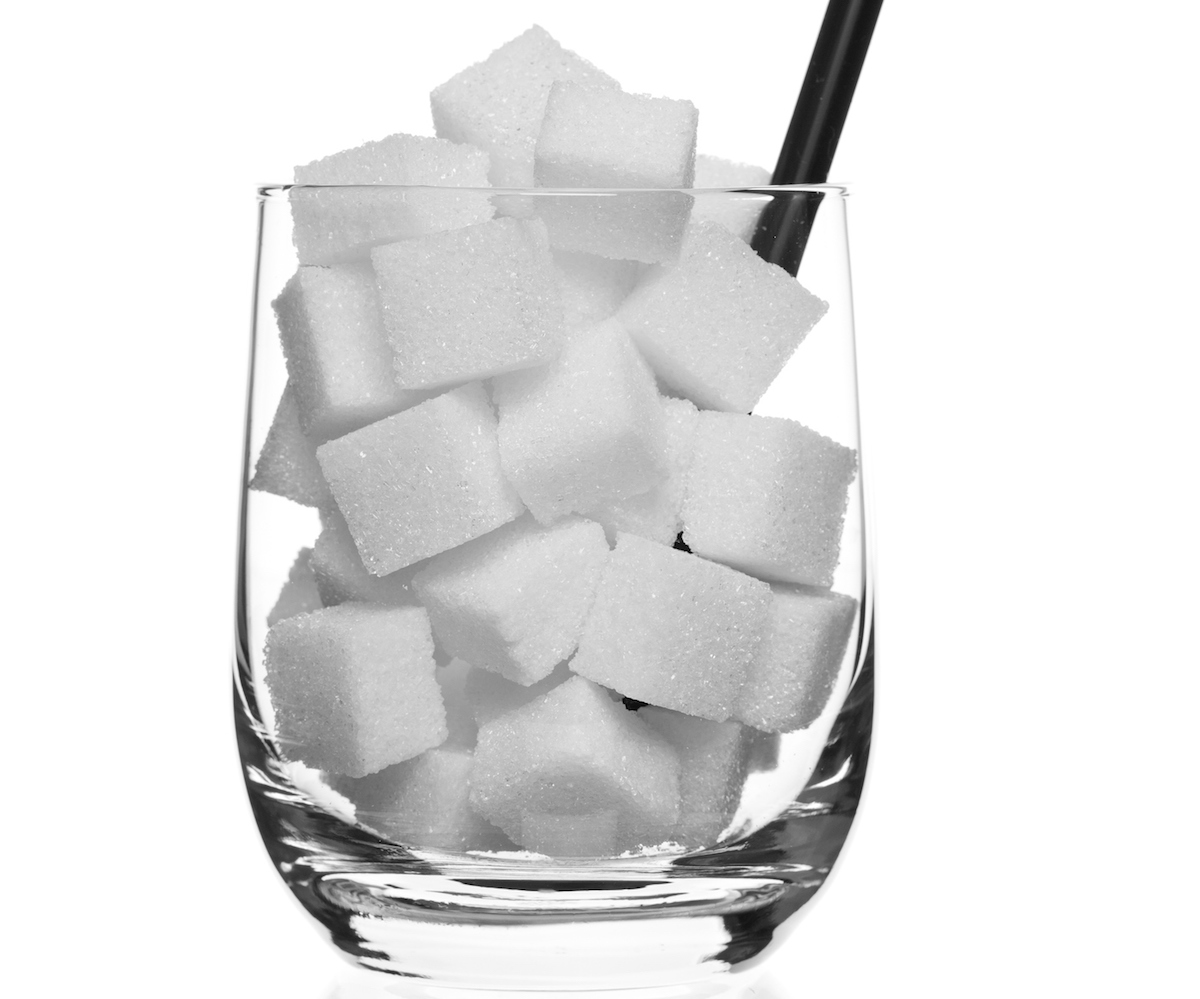If only wine labels could talk. All they list now related to nutrition is alcohol and sulfite content.
But an analysis of 30 bottles of wine by The Alcohol Health Alliance UK, a British coalition of non-governmental organizations working to reduce harm caused by alcohol, found two glasses of some varieties had up to 59 grams of sugar. That’s more than a glazed doughnut — and more than you should consume in a day.
The American Heart Association recommends:
- For men: No more than 36 grams, or 9 teaspoons, of added sugar per day.
- For women: No more than 25 grams, or 6 teaspoons, of added sugar per day.
A single 12-ounce soda, for comparison purposes, contains 32 grams, or 8 teaspoons, of added sugar.
For The Alcohol Health Alliance research, an independent laboratory analyzed bottles of red, wite, rose fruit and sparkling wine. None included labels with nutritional information because it’s not required by law. It’s not required in the United States, either, where wine labeling laws are managed by the Alcohol and Tobacco Tax and Trade Bureau, or TTB, and not the Food and Drug Administration.
But what are the Brits drinking? The Department of Agriculture says 5 ounces of a typical red table wine contains about 0.9 grams of total sugar. A glass of chardonnay contains about 1.4 grams.
The British research also found that even though alcohol is made from sugars, some of the lower-alcohol wines contained the most sugar — undoubtedly added during production. Whether it’s because of alcohol, sugar or calories, any alcoholic beverage should be consumed in moderation.
“No amount of alcohol is safe,” says Dr. J. Craig Allen, Vice President of Addiction Services at Hartford HealthCare’s Behavioral Health Network. “If you do drink, then limiting it to one drink a day or less considerably decreases the risk of developing alcohol-related problems.”
In late 2020, the Department of Agriculture and the Department of Health and Human Services released dietary guidelines for Americans that recommended limiting sugar intake to less than 10 percent of calories per day and alcohol to two drinks or fewer for men and no more than one for women per day. At 2,000 calories a day, you would limit yourself to about 50 grams — or 12 teaspoons totaling 200 calories.
Earlier that year, a Dietary Guidelines Advisory Committee of 20 scientists recommended more stringent guidelines, including consuming less than 6 percent of calories from added sugars. It also recommended, like Dr. Allen, no more than one drink a day, the equivalent of 12 ounces of regular beer, 5 ounces of wine or 1.5 hours of 8-proof distilled spirits. These recommendations were not part of the five-year dietary guidelines released by the federal government.



